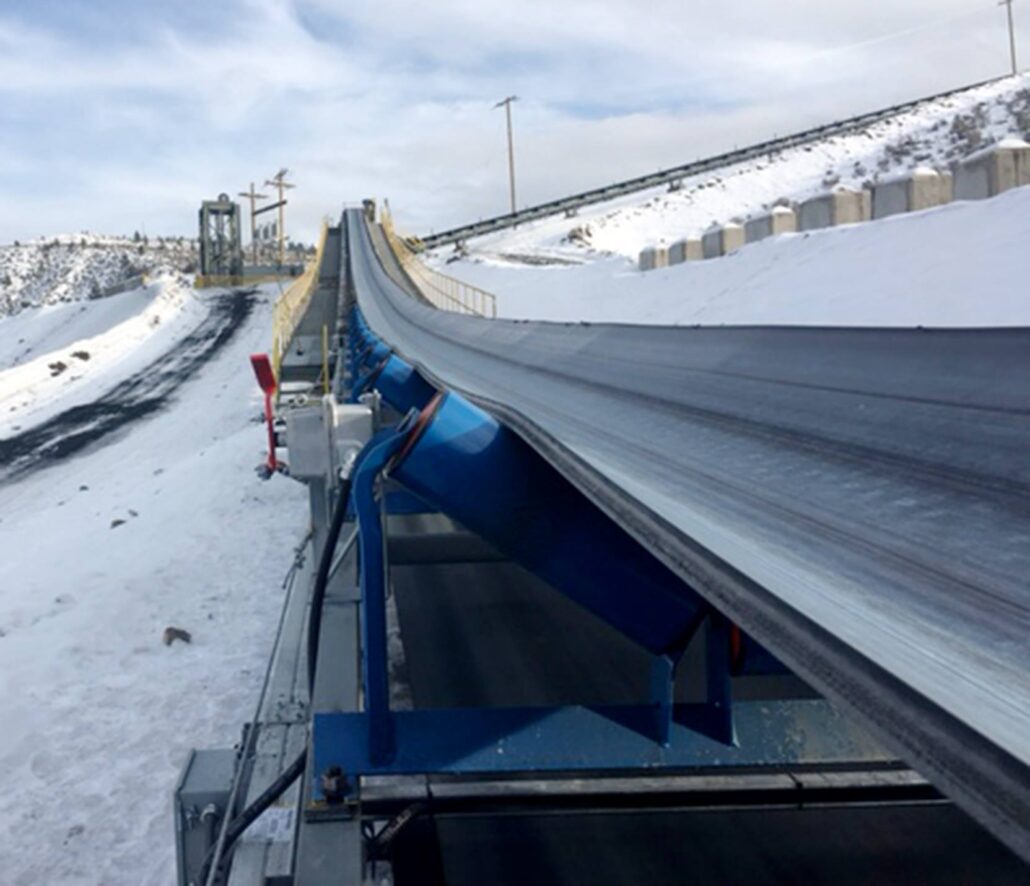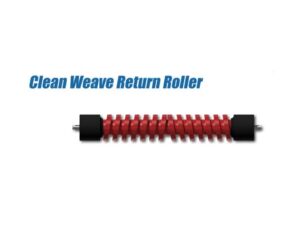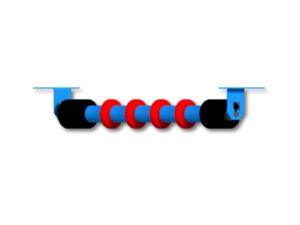Operational costs can be greatly reduced with a conveyor system on heavy-duty mining sites. Compared to having trucks, equipment, and trained drivers move material, a conveyor system reduces congestion and vehicles needed. For heavy-duty mining projects, companies can increase their profitability and efficiency with the right conveying system.
This article details what to consider when designing a conveyor system for heavy-duty mining, including the type of material being handled, the environment, conveyor belt parts, and conveyor belt system accessories that can enhance conveying performance. The following information is a general guideline as conveyor design considers many factors specific to each project.
Material type and characteristics
When designing a conveyor system for mining sites, engineers consider material type and characteristics, including:
- Loose bulk density
- Moisture content
- Abrasiveness
- Particle size
- Repose angle
- Weight and height
- Volume of material
The above will determine what type of conveyor belt, conveyor belt parts, and conveyor belt accessories are needed. There are products available to prevent common conveyor system challenges such as material slippage, belt mistracking, belt slippage, and jammed rollers, just to name a few. Without proper consideration of the type of material handling, conveyor belt systems can malfunction prematurely, leading to lost productivity and higher operational costs.
Travel distance and route
The total weight that the conveyor will transport determines the amount of power and torque needed. On a heavy-duty mining site, travel distance and route can be extensive with elevation changes, road crossings, water crossings, and minimum height requirements. The main priority is to ensure the health and safety of workers on the site, especially if toxic and heavy materials are involved.
The environment and work conditions
Mining sites are often dusty and exposed to the elements such as wind, rain, and extreme temperature changes. The environment and working conditions are important factors to consider when designing a conveyor system for mining.
Conveyor belt parts and accessories such as a high-moisture seal, belt brush cleaner, retro protector, rust-resistant guide rollers, and more prevent dust and moisture build-up and premature wear. This can protect the entire conveyor system, help extend its life, and increase conveying performance.
Industry specifications and standardization
Most industries need to follow specific safety standards outlined by regulatory bodies. Specifications and standardizations can affect the design of the system and some client requests can’t be fulfilled because of safety.
At Luff Industries, our experienced engineers are familiar with safety standards and protocols. We can design a system that meets all of the specifications and safety requirements while providing the solution that the customer needs.




